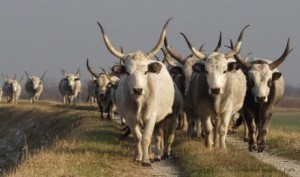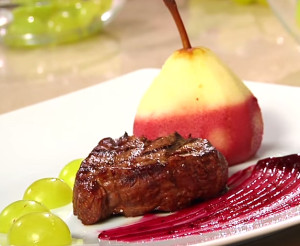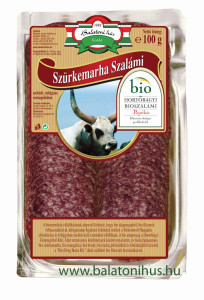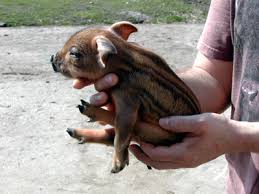Eating your way through the Budapest restaurants, you may find some interesting meat dishes, like Mangalica stew or Grey beef steak. Grey Cattle and Mangalica (products) are considered “Hungaricum“, they are indigenous to Hungary, protected by the law and symbols of the country.

The Hungarian Grey (Magyar Szürkemarha) is the most ancient domestic beef of Hungary. Between the 13-18th century, these animals were among the best sources of meat, and played an important role in the everyday life of the peasants. Their skin, bones and horn were used to produce garments, shoes, or medicine pots. Due to changes in the agricultural sector, these animals were no longer raised for beef. At first they became work animals, but after WWII the breeding of these animals was totally stopped. The number of this beautiful, strong animal dropped drastically by the 1960s, only around 300 cows and some bulls were left. Currently the National Parks of Hungary and some private farmers keep Grey Cattle on the Great Plain. Fortunately their number has slightly grown since the 1960s.

From spring until autumn, the animals are kept outside, they do not get any feed, and they live only on grass and herbs. In the wintertime, they are fed hay, corn stalk or straw, but are given no supplements. In this way, they are also kept free of the mad cow disease, that hit western Europe some years ago. Their gene bank is also very important.

Currently the Grey Cattle mainly serve conservation purposes, can be seen in National Parks, and their meat products are considered as delicacy. All the Hungarian Grey beef products can be traced to their source: from the serial number on the packaging, you can find out exactly where the meat came from, by texting the production company.

Hungarians are considered mainly pork-eaters, and the most valued pork meat is from Mangalica. This Hungarian domestic pig was developed in the middle of the 19th century by crossbreeding between breeds from Szalonta, Bakony, a Serbian breed, and the European Wild Boar. This pig, which did not require special care and was mainly kept for its fat, quickly became popular in Hungary. In the 1940s, there were about 30 000 Mangalica in Hungary, but later, their number significantly decreased, due to the increased availablity of other food products, and the wide use of refrigeration. Currently, keeping Mangalica is a hobby, as it fatty and produces very little lean meat, but no worries, they can be found easily in Hungary, currently around 60 000 of them are kept by the farmers.

Products of Mangalica, which are considered “Hungaricum” are: sausages, ham, and bacon (Erdélyi szalonna and Kolozsvári szalonna).
In Hungary, pigs are raised through intensive, or semi-intensive, farming (i.e., factory farms), but they can be found in other parts of the world as well: in the UK, they are kept free-range (or in a zoo in Essex-nice pic here with Emma Thompson with a mangalica on a film premier), and they are also getting more and more popular in the USA. Their meat is very similar to beef, with nice fatty marbling, (see the article in modern farmer magazine). Mangalica has started to conquer the American continent. Some adveturous farmers are happy to show you this lovely sheep-like pig, which you can keep as a pet, or as livestock, keep them for their delicious meat in Michigan, please visit them: http://puremangalitsa.com/.

***********************************************************************************
Join us, and taste the delicious mangalica stew, on our culinary walking tour!
